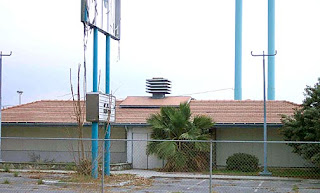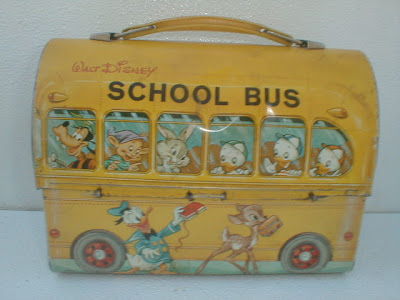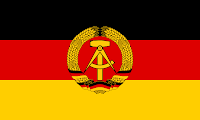 Just so you know, if you have a car purchased before late 1970 in the state of California, it originally had a set of black license plates like the one pictured at the left. If you're lucky, the car still has the old tags. They're still good.
Just so you know, if you have a car purchased before late 1970 in the state of California, it originally had a set of black license plates like the one pictured at the left. If you're lucky, the car still has the old tags. They're still good.In fact, since 1963, when the black plate made its debut, there have been six different major changes in general issue license tags issued by the Department of Motor Vehicles of the State of California.
Some people like to have only one license plate. Why? I don't know. But there are some states which only issue one plate. If they are fleeing from the police, they will often steal a front license plate from a California vehicle to make them look less guilty. I've had this happen three times. I have since learned it's a good idea to get bolt locks to prevent this from happening. It's $7.50 to get a new set of tags and if it happens often, it can get mighty expensive...
Here is a list of states and other jurisdictions of the United States and the number of plates they currently issue:
- Alabama-1
- Alaska-2
- American Samoa-2
- Arkasas-1
- Arizona-1
- California-2
- Colorado-2
- Connecticut-2
- Delaware-1
- District of Columbia-2
- Florida-1
- Georgia-1
- Guam-2
- Hawaii-2
- Idaho-2
- Illinois-2
- Indiana-1
- Iowa-2
- Kansas-1
- Kentucky-1
- Louisiana-1
- Maine-2
- Maryland-2
- Massachusetts-2 (1 in 1978-88, which are still valid)
- Michigan-1
- Minnesota-2
- Mississippi-1
- Missouri-2
- Montana-2
- Nevada-2
- New Hampshire-2
- New Jersey-2
- New Mexico-1
- New York-2
- North Carolina-1
- North Dakota-2
- Northern Mariana Islands-2
- Ohio-2
- Oklahoma-1
- Oregon-2
- Pennsylvania-1
- Puerto Rico-1
- Rhode Island-2
- South Carolina-1
- South Dakota-2
- Tennessee-1
- Texas-2
- Utah-2
- Vermont-2
- Virgin Islands-1 (Did you know that this is the only U.S. jurisdiction where traffic moves on the left, instead of the right?)
- Virginia-2
- Washington-2
- West Virginia-1
- Wisconsin-2
- Wyoming-2






















































